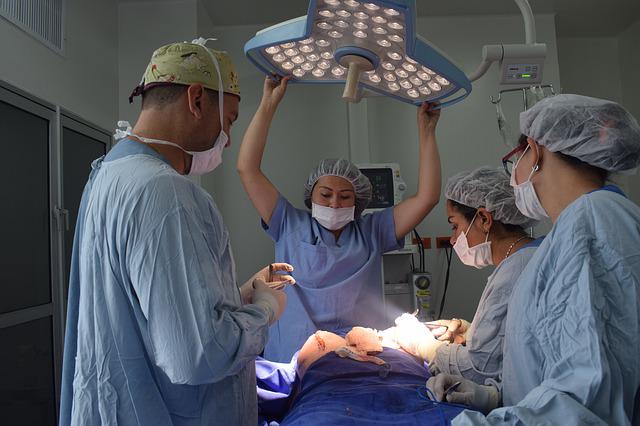
For men and women who wish to change their sexual orientation, gender affirming surgery can be done. It involves changing the penis and skin color of a male to female or vice versa. One procedure is a hysterectomy and another is an orchiectomy. Other procedures involve inversion of the skin and penis.
Hysterectomy
Hysterectomy, also known as gender affirming or gender-affirming surgery, involves the surgical transformation of a male from a feminine to a masculine. 1.4% of the population are transgender. This condition can cause symptoms of gender dysphoria such as physical and emotional pain. The most common treatment is medical management, but surgery is also an option for transgender man. Some common surgical procedures for transgender men include hysterectomy and bilateral salpingo-oophorectomy. According to the American College of Surgeons National Surgical Quality Improvement databases, only 3.3% of transgender patients had hysterectomy performed for a change of gender.
It is relatively recent and still in development to perform hysterectomy for gender affirmation. A hysterectomy for gender affirmation has traditionally been performed for medical reasons. In some cases, coexisting symptoms such as gender dysphoria or pathological reasons have also led to hysterectomy. However, in recent years, insurance providers are beginning to cover this procedure.

Orchiectomy
The first step in a transgender patient’s surgical transition is the orchiectomy. This is the removal of the testicular tissue. It eliminates the testicles and decreases the production of testosterone, the male hormone. This surgery can reduce blood clot risks and simplify a patient's hormone regimen.
The procedure can be done outpatient and is fairly straightforward. The surgeon's technique and recovery time can vary from two to eight week. The cost of the procedure in Australia is between $3000 and $10,000. It may also be covered by Medicare and private health insurance.
Inversion of skin and penis
The inversion skin-penis procedure is one of most popular transvaginal surgeries. It is also known as the "gold standard" of genital reconstructive surgery for transgender females. To create the appearance of a woman's natural vulvum, it involves inverting the penis. The recovery time can be several days and takes between three and five hours. A special dressing is then placed inside the vagina for protection.
A standardized protocol is followed during the procedure. The doctor will give instructions for aftercare to the patient. The medical team will give you a kit that can be used at home to follow up dilations. You will also get follow-up emails from your surgeon and appointments to follow up with them.

Time for recovery
Post-surgery healing is crucial for gender-affirming procedures that involve the conversion of a male penis to one female. The recovery period can last anywhere from four to eight weeks, depending on the specific surgery performed. A mastectomy is the most popular surgery, but you can also have a vaginoplasty or breast augmentation. Both procedures can be done with a minimum of one week of rest. They may take between five and six weeks.
Gender-affirming surgery is designed to reduce testosterone production. This can help eliminate the need for hormone therapy or hormonal-suppressive medications. This procedure may allow you to have a natural child. Gender affirming surgery for male and female differs depending upon the type of procedure performed and the patient’s health.